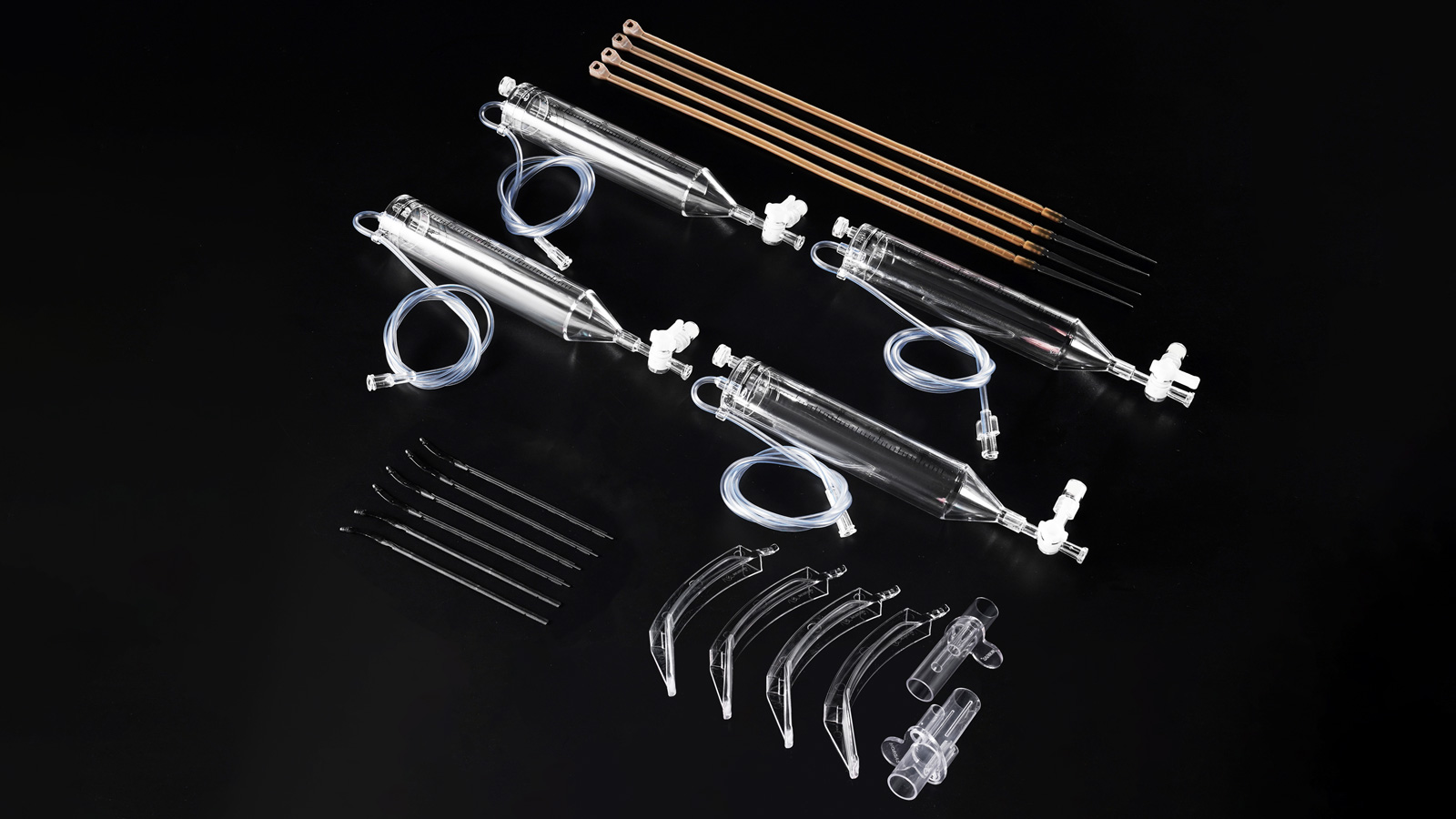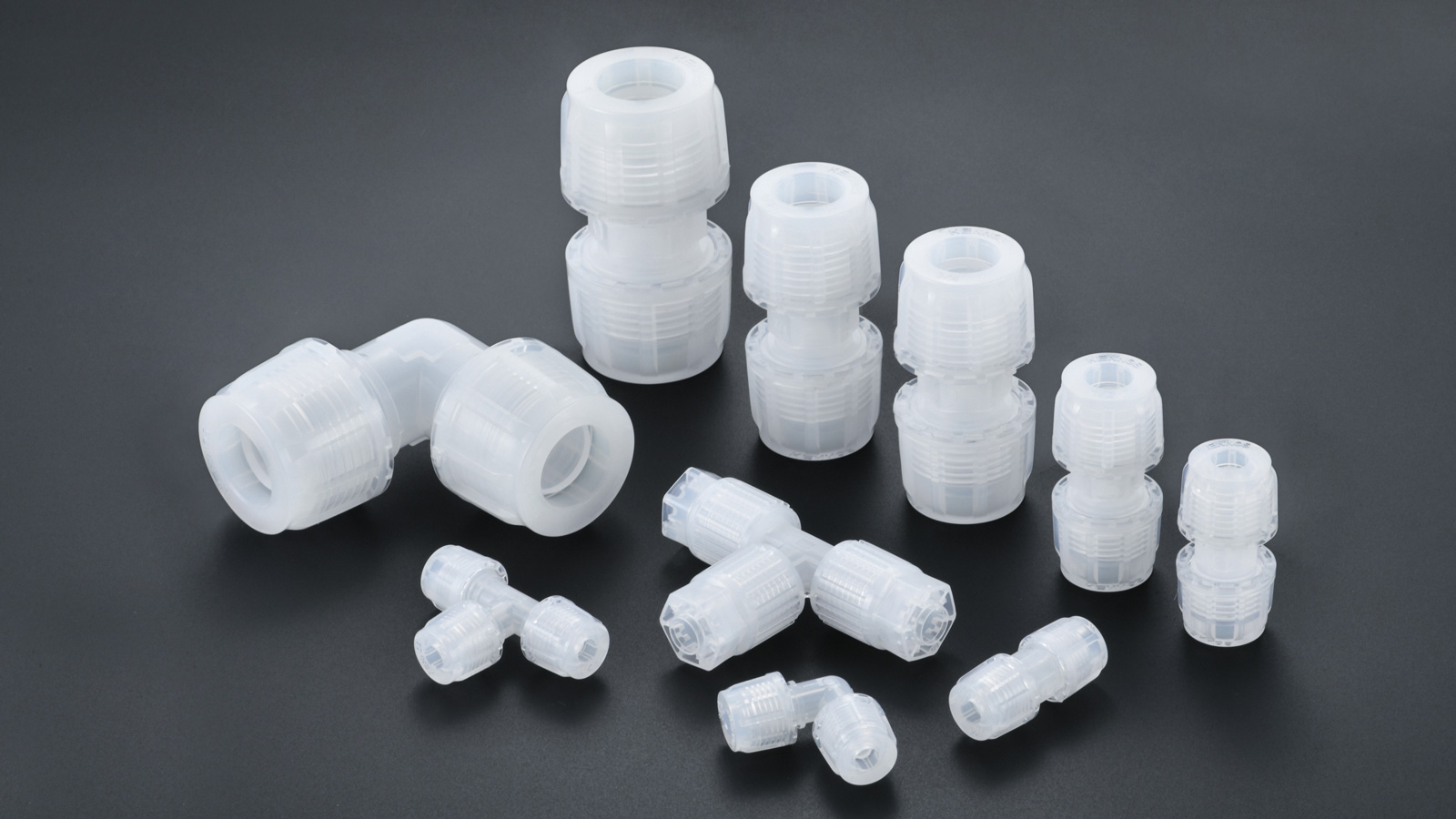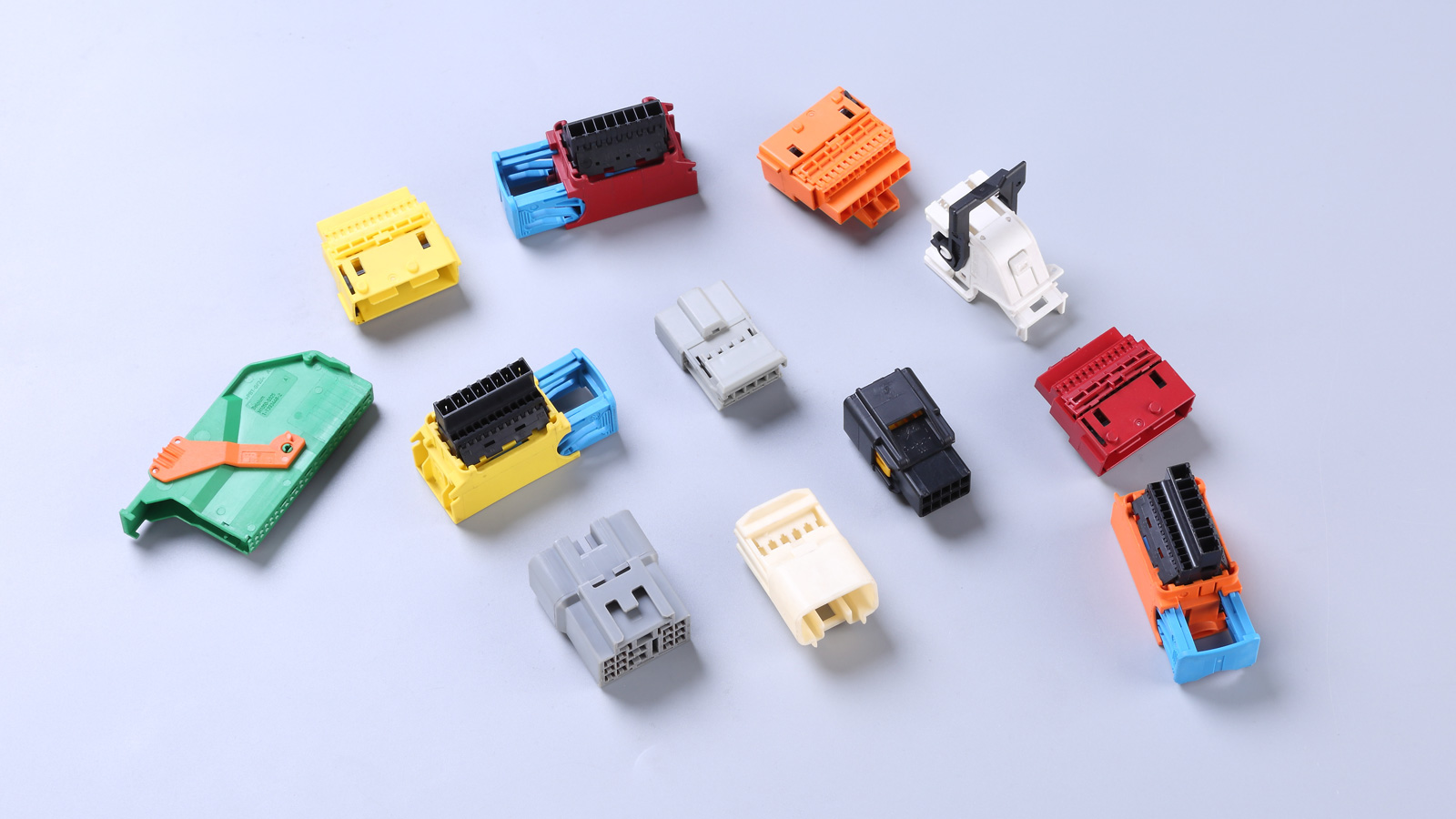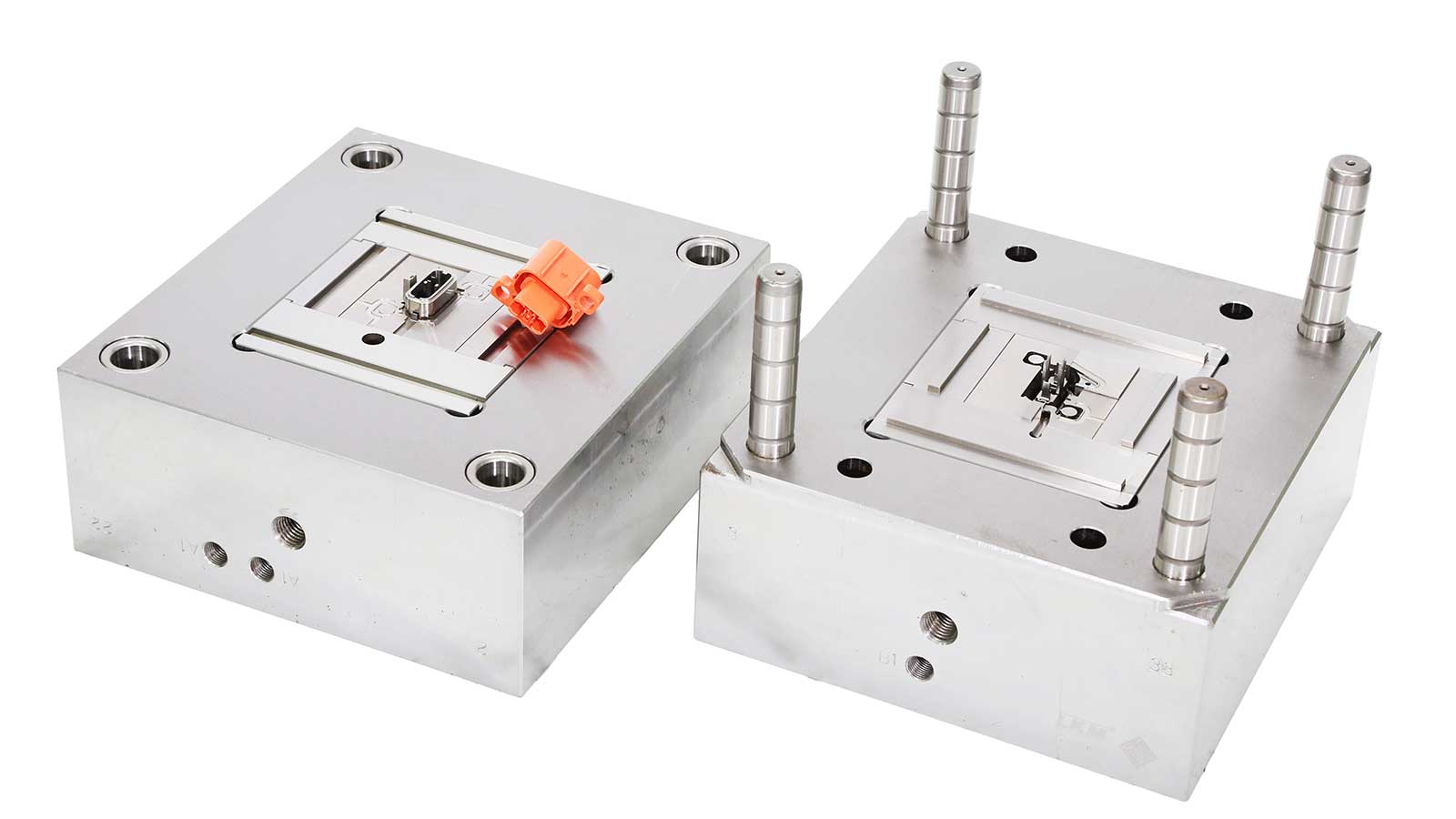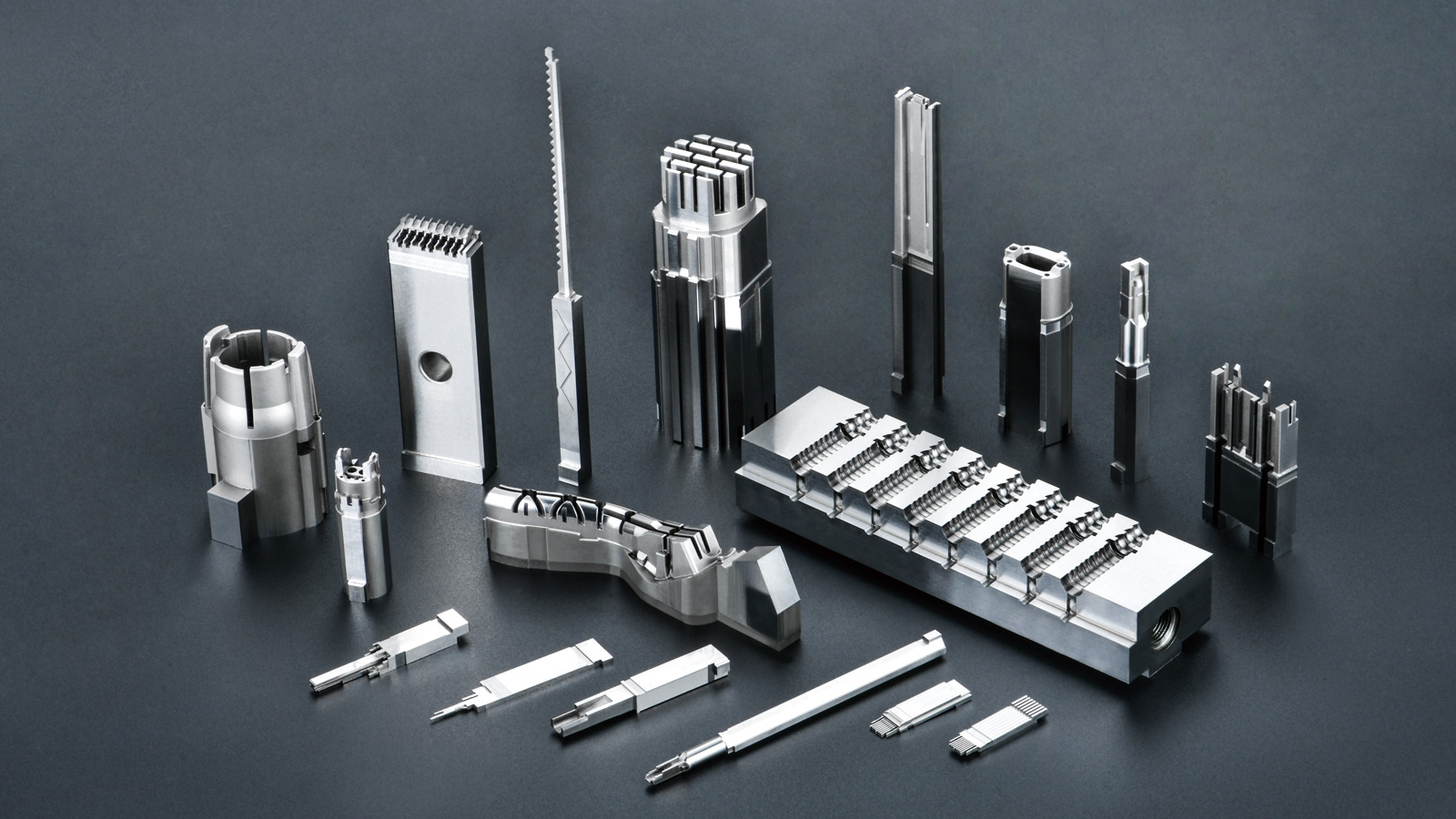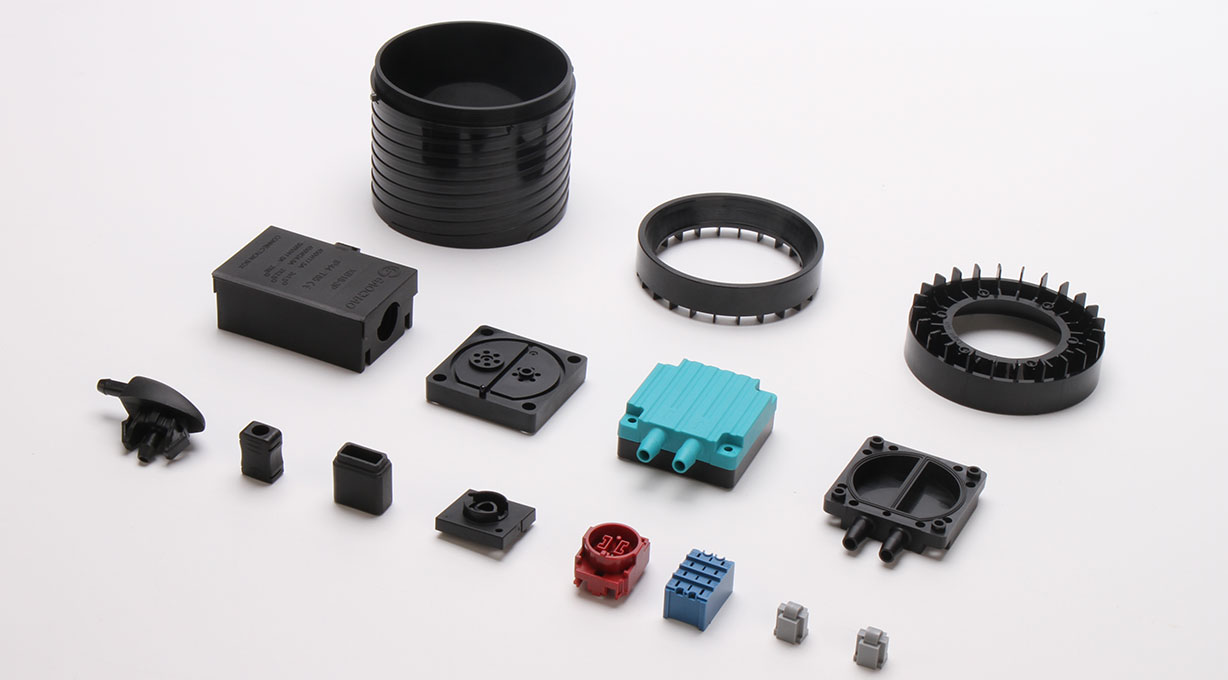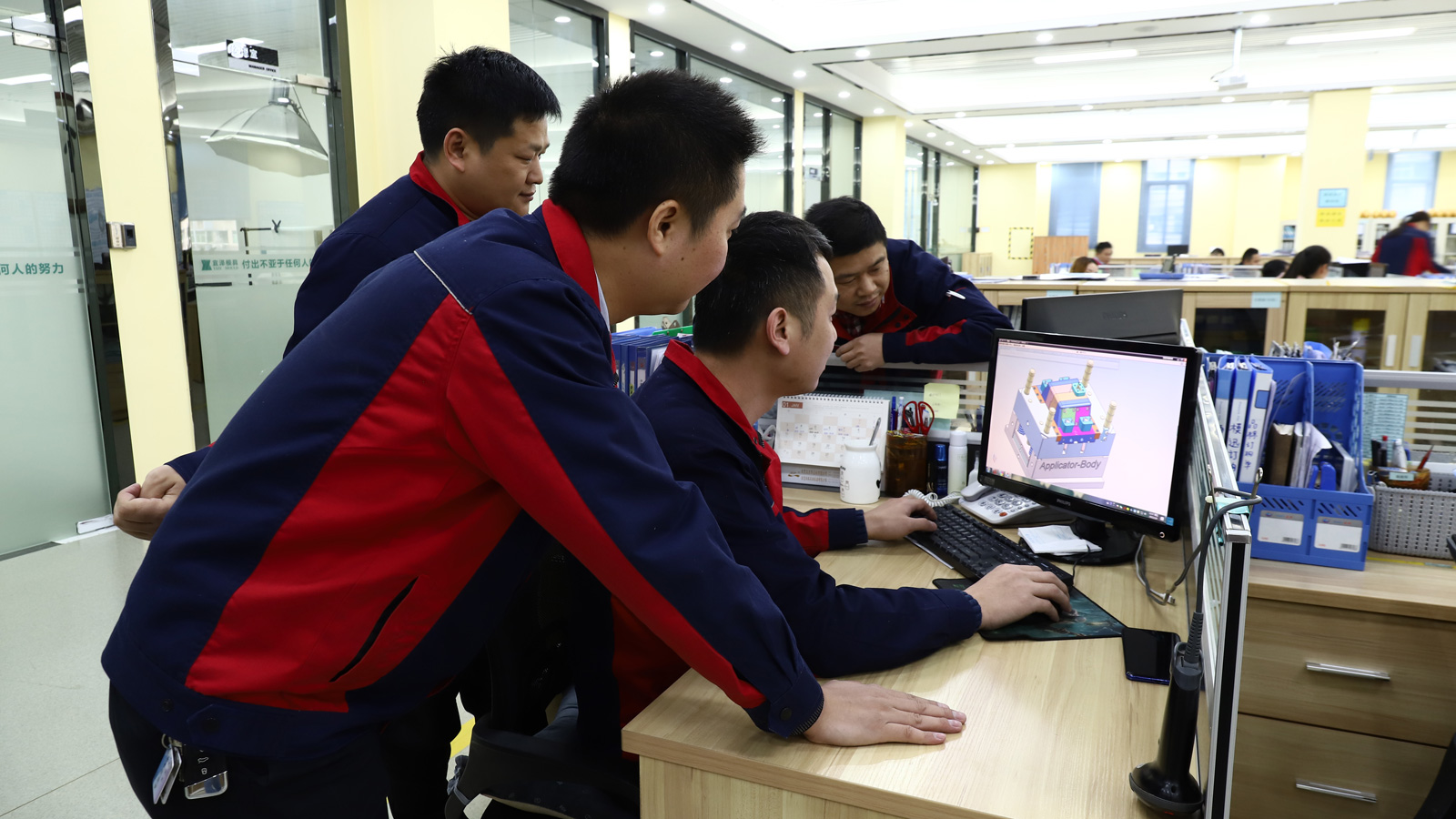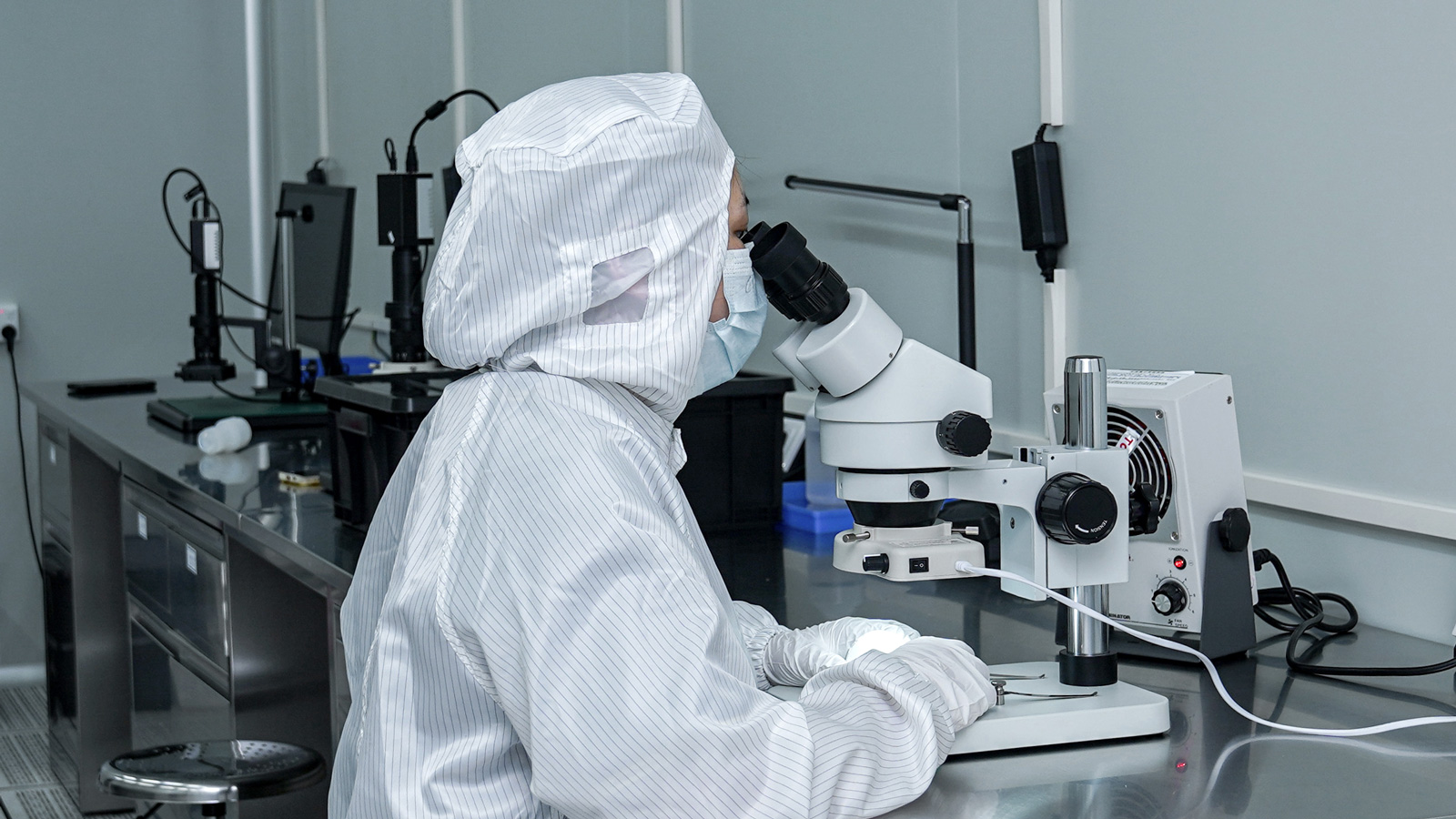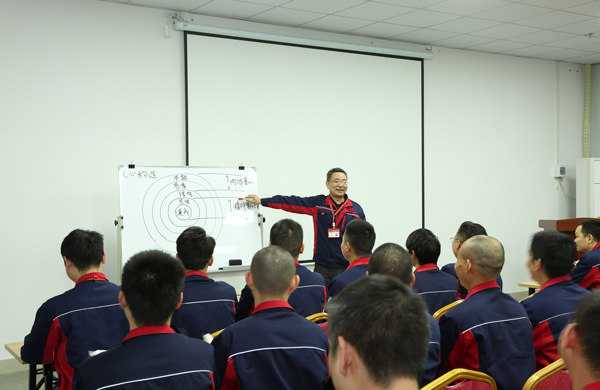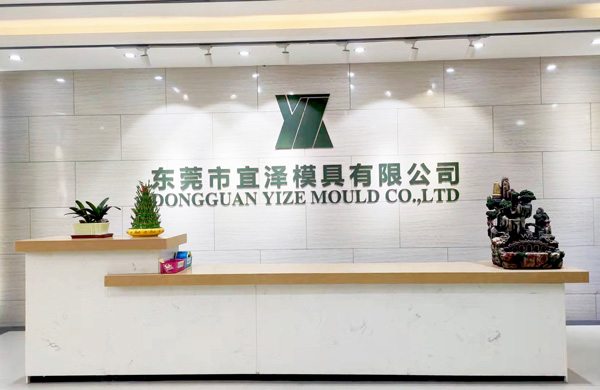In the previous two articles, we delved into the two core conditions of the injection molding process: temperature and pressure selection. Today, I will continue to guide you into the world of injection molds, revealing another key factor that affects the quality of plastic parts – processing time, or the molding cycle of plastic products.
The molding cycle of an injection mold, in simple terms, is the total time required to complete one injection molding process. This cycle encompasses every step in the injection process and its duration is directly related to production efficiency and equipment utilization, making it a crucial indicator in injection molding production.
Among the various components of the molding cycle, injection time and cooling time are undoubtedly the most critical. They not only occupy a significant portion of the molding cycle but also have a decisive impact on the quality of plastic parts.
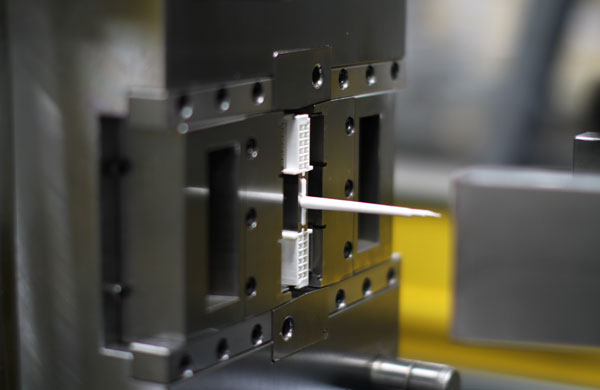
The filling time during injection time is closely related to the filling rate, with an inverse relationship between the two. The filling rate, in turn, is directly influenced by the injection rate. To ensure the quality of plastic parts, we must precisely control the filling speed. For plastic parts with high melt viscosity, high glass transition temperature, and fast cooling rate, as well as glass fiber-reinforced plastic parts and low-foam plastic parts, we typically use rapid injection, or high-pressure injection.
In actual production, the filling time is generally controlled within 10 seconds. The holding time during injection time accounts for a larger proportion of the entire injection time, usually about 20 to 120 seconds (for thick-walled plastic parts, it can even reach 5 to 10 minutes). The duration of the holding time depends on the structural dimensions of the plastic part, the material temperature, and the size of the main channel and gate. Under normal process conditions and with reasonable main channel and gate sizes, the optimal holding time is usually the point where the shrinkage rate of the plastic part is minimized within its fluctuation range.
As for the cooling time, it is mainly determined by the wall thickness of the plastic part, the temperature of the injection mold, the thermal properties of the plastic, and its crystallization performance. The duration of the cooling time should be such that it ensures the plastic part does not deform when it is ejected from the mold. Excessive cooling time not only prolongs the molding cycle and reduces production efficiency but may also cause difficulties in ejecting complex plastic parts from the mold.
In summary, processing time (molding cycle) plays a vital role in the injection molding process. By precisely controlling the injection time and cooling time, we can effectively improve the quality of plastic parts and production efficiency. I hope today’s sharing can provide useful references and insights for your practice in injection molding.
